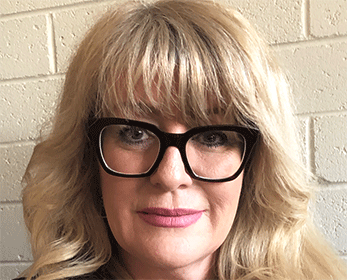Though they are often seen as being detrimental to healthy lifestyles in kids, video games may be a crucial element in teaching teens how to keep their bones and joints healthy and avoid developing osteoporosis later in life.
Almost 1 million Australians have the condition, which sees a person's bones become fragile, leading to an increased risk of breaks and having a significant impact on quality of life and health in general.
Edith Cowan University's (ECU) Simulation and Immersive Digital Technology Group are partnering with the Arthritis and Osteoporosis WA Foundation and Singular Health Group on the Bone and Joint Health Project of Western Australia to try to prevent the disease from developing.
A collaboration between ECU's Nutrition and Health Innovation Research Institute and School of Education, the project will see the research team develop a video game for teenagers to teach them to look after their bones and joints at a crucial point in their lives.
Professor Amanda Devine said there was a misconception about who osteoporosis affects – and how it can be prevented.
"A lot of people look at it as only affecting older populations, but our lifestyles in our younger years can play a big part in our bone and joint health later in life," she said.
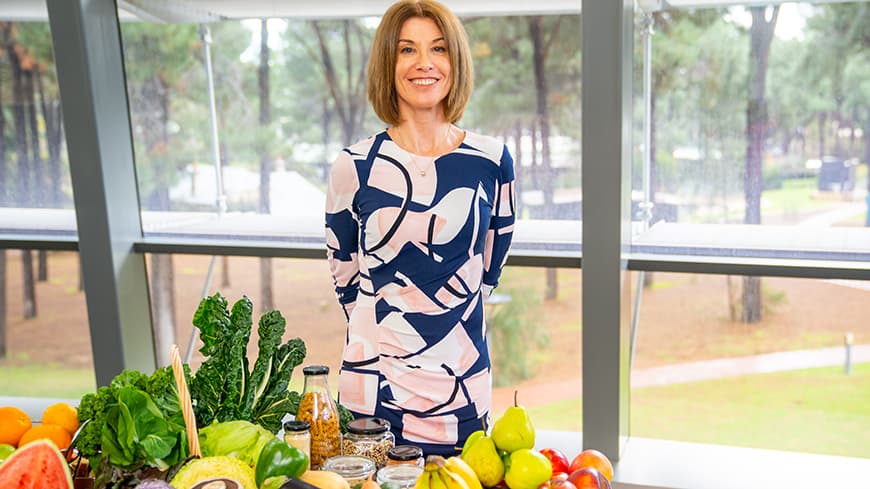 Professor Amanda Devine.
Professor Amanda Devine.
"There are many things kids can do to reduce the likelihood of osteoporosis when they’re older, so, it’s really important we teach them how to look after their bones and joints and understand how their skeletal system works – what we call 'bone literacy'."
Arthritis and Osteoporosis WA executive director Ric Forlano said the foundation always worked towards reducing the disabling effects of bone and joint conditions.
"Unfortunately, they are often considered trivial and often not taken seriously by the community," he said.
"Whilst there may be no cure for many of the conditions that come under the umbrella of bone and joint disease, we can strive to maintain quality of life, through education.
"We know that very little is taught in the school curriculum and by educating at an early age we can try and reduce the risk factors as we age.
"By partnering with ECU, their expertise gives us added leverage in getting the message across."
Using video games for good
A major element of improving bone and health is increased physical activity – meaning a video game would appear to be a counterproductive method encouraging kids to move more.
However, Dr Julie Boston said kids' easy access to devices such as smartphone, tablets and computers can be used to promote healthier living.
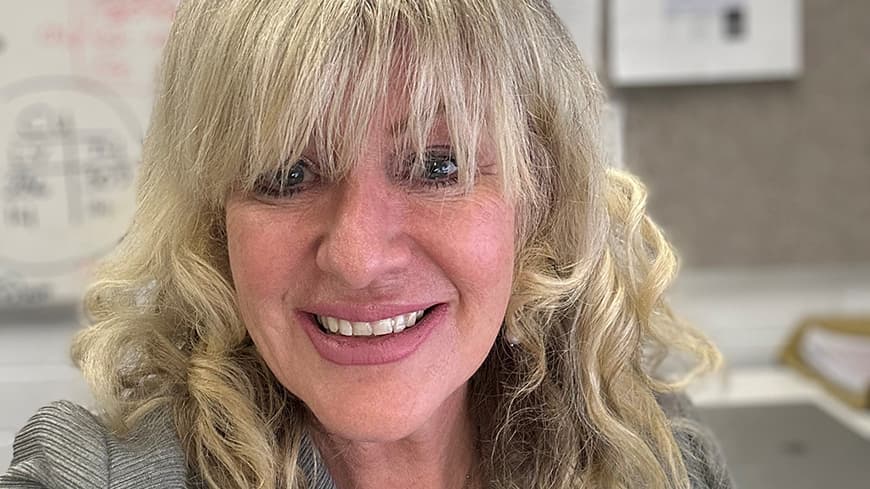 Dr Julie Boston.
Dr Julie Boston.
Other recent ECU projects have used digital platforms such as games and apps to educate kids on how to recognise meningococcal symptoms, or how to respond to peer pressure regarding drug and alcohol use.
"Video games are increasingly appealing as a way of teaching important health messages to teens, as they are engaging and immersive: learning occurs through gameplay," Dr Boston said.
"A well-designed bone and joint digital game could allow for meaningful learning and entertainment, engaging students in a virtual world where they can gain experience and skills which can help shape their behaviours and ultimately improve their health."
To make the game as effective as possible, the research team is asking for feedback from school principals, educators, sports coaches and other relevant parties.
Building better bones
Although factors such as genetics and other medical conditions can play a part in osteoporosis developing, many measures can be taken to help ward off the disease.
"It's common for younger people to have the misconception that bones are inert, and not living tissue," Professor Devine said.
"And many older students don’t understand that once the skeleton is fully developed, usually around the mid-20s, bone mass can decline unless we maintain a healthy lifestyle.
"Gameplay will teach these concepts to ensure sustainable health behaviours for our growing kids."
To establish the best foundation for good bone and joint health late in life, young people are urged to:
- participate in weight bearing exercise
- have a diet rich in calcium and vitamin D
- maintain a physically active lifestyle
- avoid smoking
- reduce alcohol and caffeine intake
- take part in balance training
Those looking to be involved can visit the project homepage.
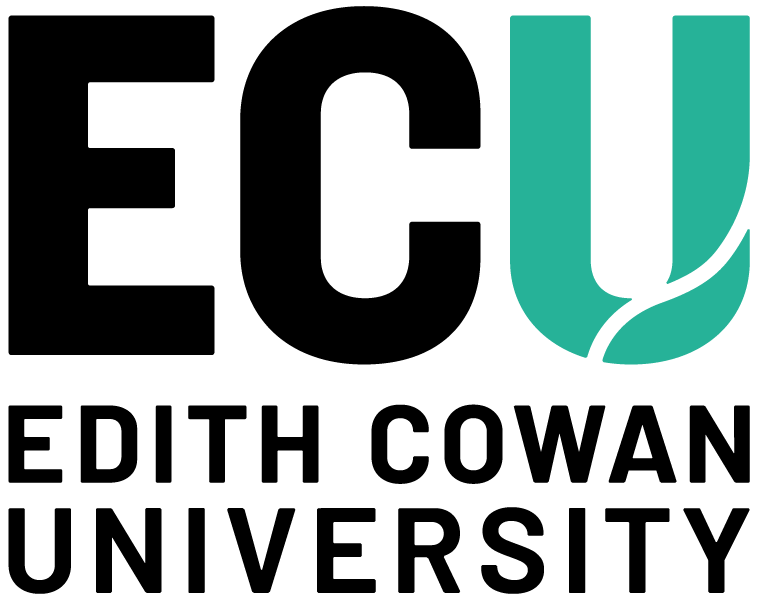
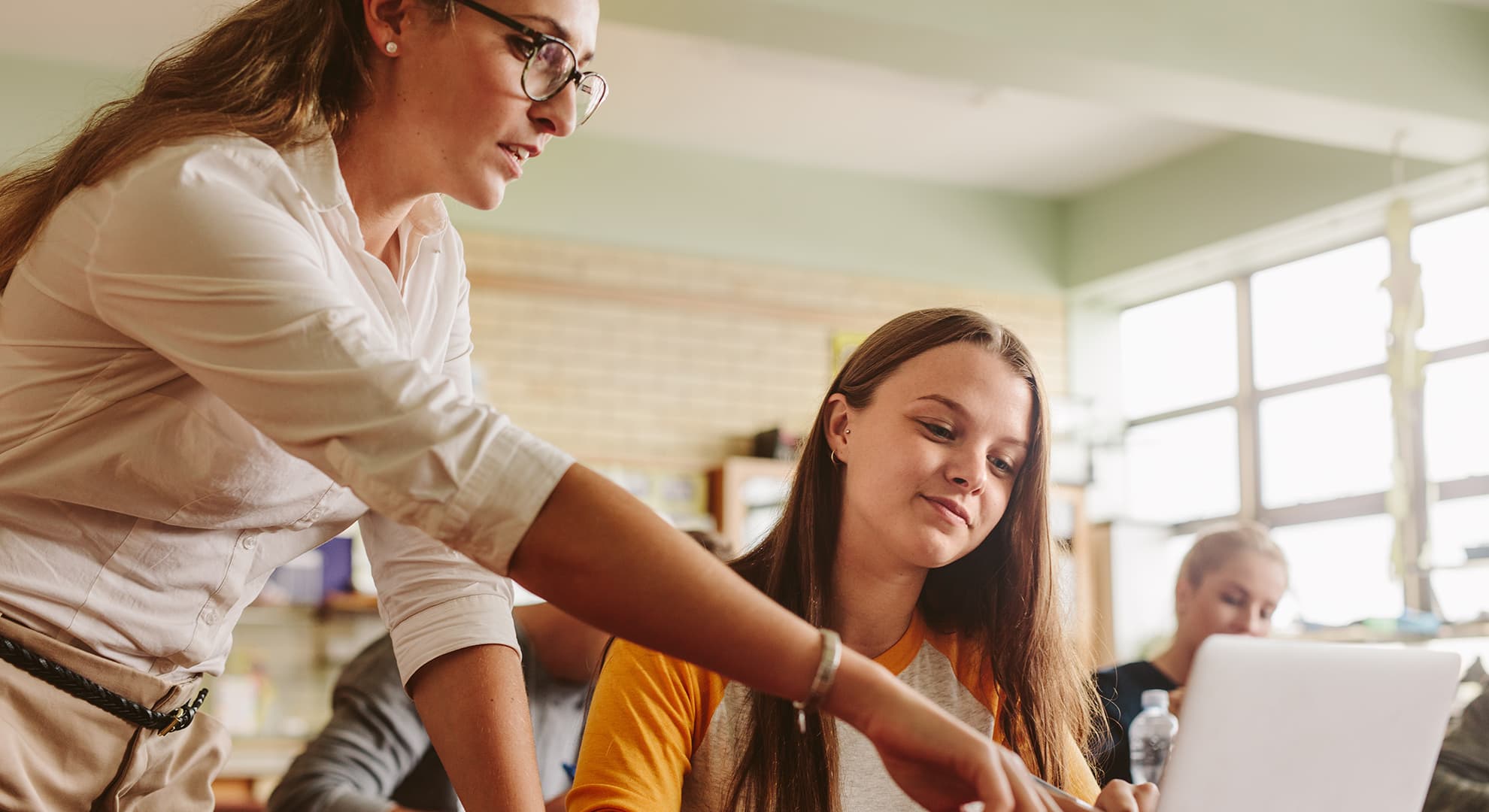 Video games could help encourage teens to be more active and protect their bone and joint health later in life.
Video games could help encourage teens to be more active and protect their bone and joint health later in life.

